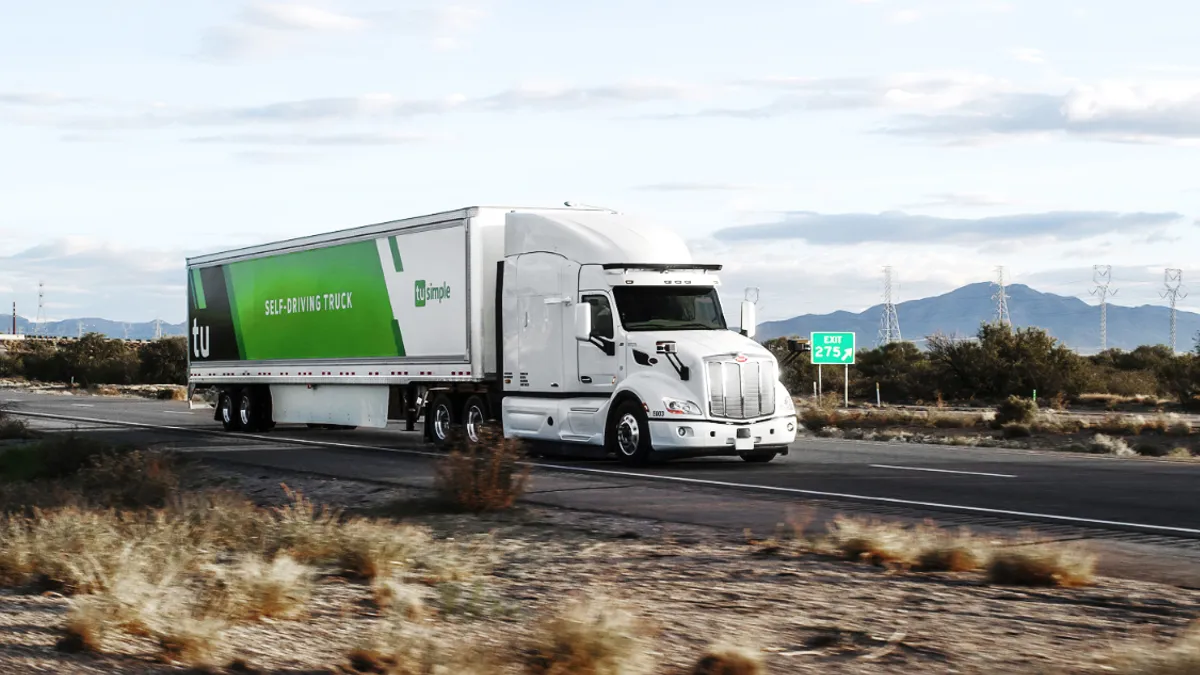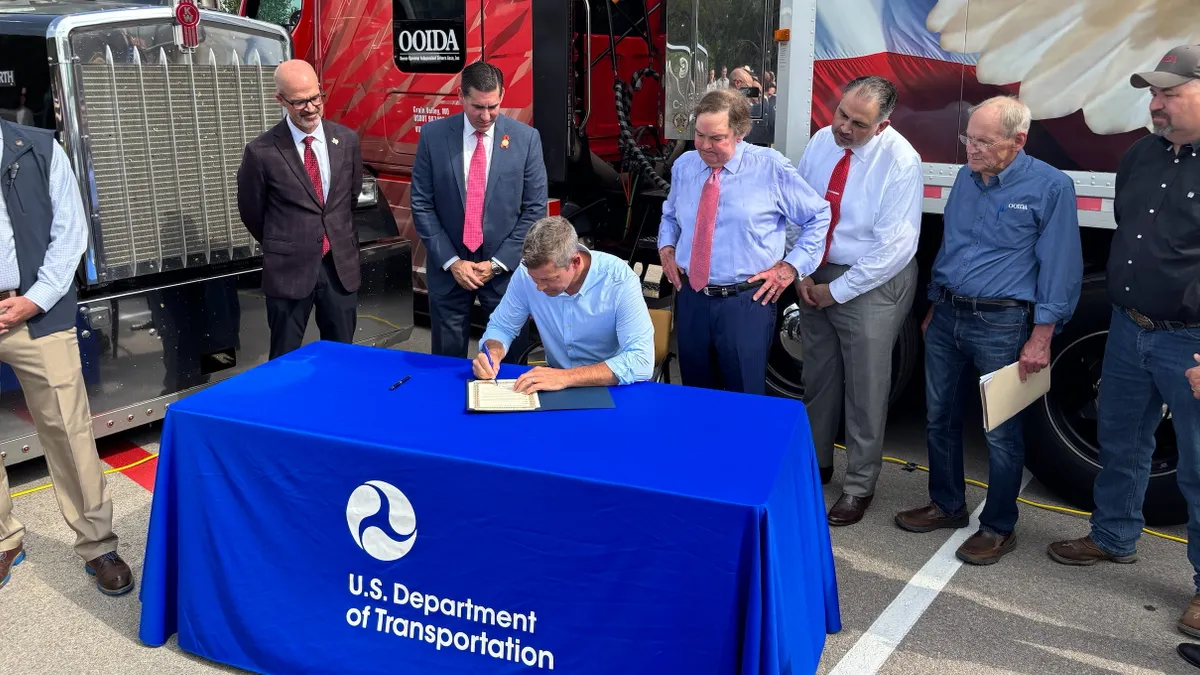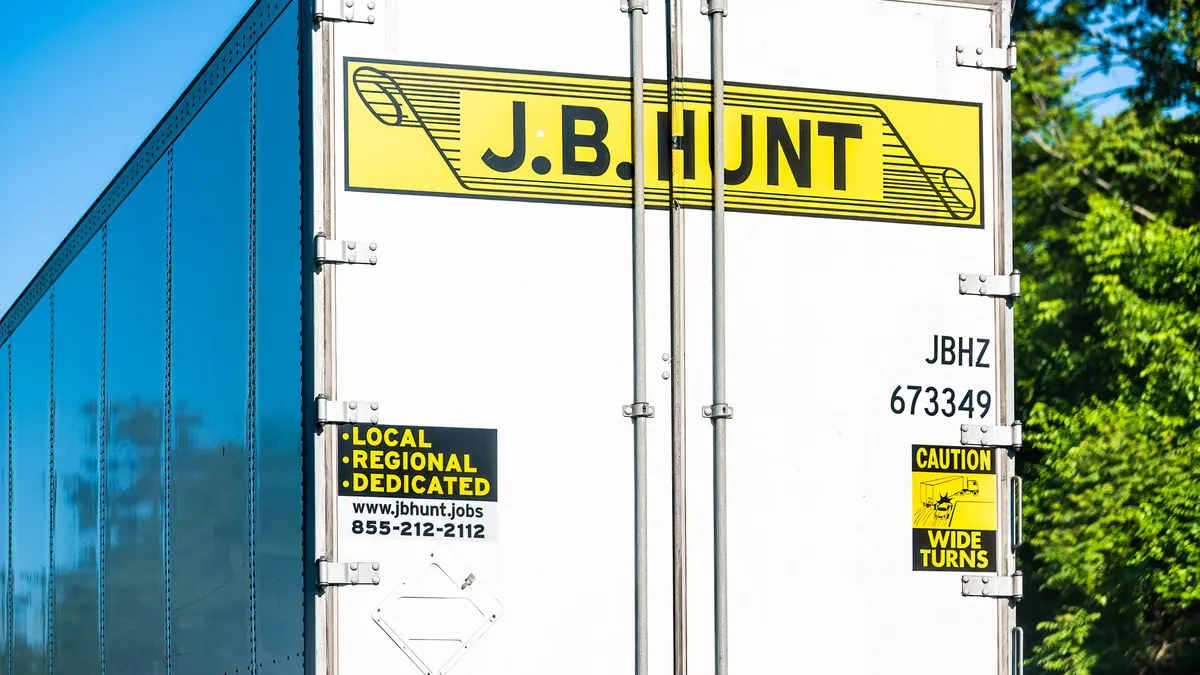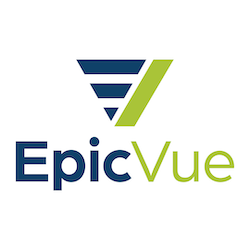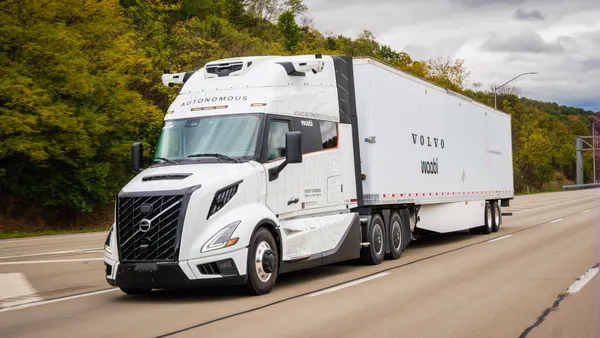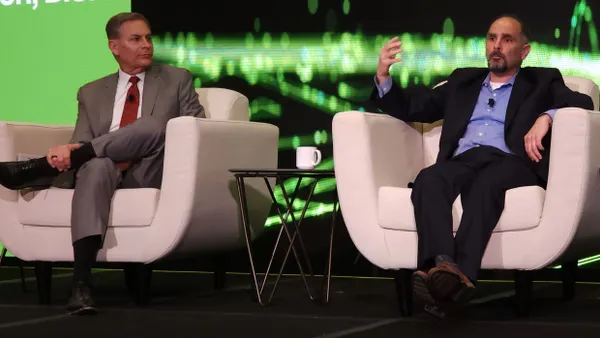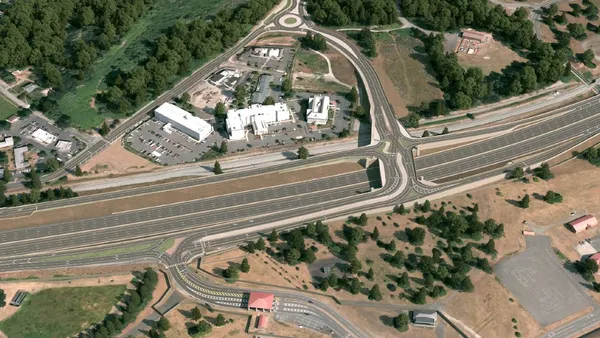Insurance was a top-five critical issue for the trucking industry last year. So-called "nuclear verdicts" permeated headlines, severe weather threatened cargo on the roads and concerns about the pandemic swirled.
The advent of autonomous vehicles on the country's roadways adds another layer to the issue. Truck liability insurance pays for the cost of injuries to humans and damages caused by the driver at fault in an accident. But what if the vehicle doesn't have a driver?
For a fully autonomous vehicle, the question is not "Who's at fault?" It becomes, "What's at fault?" There are sensors, software and hardware to point a finger at.
"Most observers say it's still a long way off," Mike Birge, president of Hub International Transportation Insurance Services, said in an email about AV insurance. "The debate about whether the insurance implications are of a technology or operational nature is ongoing."
But AV manufacturers like TuSimple are in line to start production in 2024. Soon enough, these questions will demand answers.
Types of insurance
TuSimple and Liberty Mutual Insurance are working together on the role of autonomous technology in road safety.
"We are working towards an insurance product for the future scaled deployment of autonomous trucks," Robert Brown, TuSimple's senior director of external affairs, said in an email.
According to Mark Friedlander, director of corporate communications for the Insurance Information Institute, there are several types of insurance coverage necessary for any firms involved with AVs:
- Technology errors and omissions: Created because of the technology revolution, this insurance covers companies working in innovative fields and offering products and services that can impact third parties. It covers risks that are less tangible and traditional.
- Cyber liability: This helps cover financial losses due to cyberattacks or other technology-related risks. It includes loss or corruption of data, business interruption, identity theft, cyber extortion and more.
- Directors and officers: This type of liability insurance covers board members and/or an officer of the company.
- Auto liability coverage: This pays for coverage of property damage and/or injuries to another person caused be a vehicle accident in which you are at fault. Auto liability is required by most states to legally drive a vehicle.
It remains to be seen how insurance demands will change in regards to the different levels of automation, as defined by SAE International. Level 1 requires the most human assistance and includes cruise control and lane-departure warnings. Level 5 vehicles are considered full automated, and they can operate without a driver on any road in any condition.
"There is no timeline for when Level 5 vehicles will be available to consumers, but most likely the risk involved will be rated much higher by auto insurers than what we currently see with Level 2," Friedlander said via email.
Some large AV companies currently testing their trucks are self-insured.
"This means they are assuming the financial risk internally, instead of paying an insurance carrier to take it on," said Friedlander. "Large organizations often self-insure frequent, small losses such as damage to their fleet of vehicles or minor workplace injuries."
A role for public policy?
To add to the complexity of insuring AVs, insurance is state regulated, said Friedlander.
"Each of the 51 jurisdictions has its own set of rules and regulations for auto insurance, including autonomous vehicles," he said, referring to 50 states and the District of Columbia.
Will the auto insurance system change to be more uniform with the arrival of self-driving vehicles, Friedlander posed? Will the federal government play a larger role in insurance?
"As vehicles become increasingly automated, the onus might be on the manufacturers to prove they weren't responsible for what happened in the event of a crash."

Mark Friedlander
Director of Corporate Communications for the Insurance Information Institute
If AV manufacturers are required to accept more responsibility for damage and injuries, they might push for a greater role for the federal government to eliminate the cost of complying with the rules of all the jurisdictions.
"As vehicles become increasingly automated, the onus might be on the manufacturers to prove they weren't responsible for what happened in the event of a crash," said Friedlander.
Friedlander said that over time, insurance industry analysts project autonomous vehicles will cost less to insure than traditional vehicles. By removing the risk of human error, accidents and traffic fatalities should decrease significantly, he said


